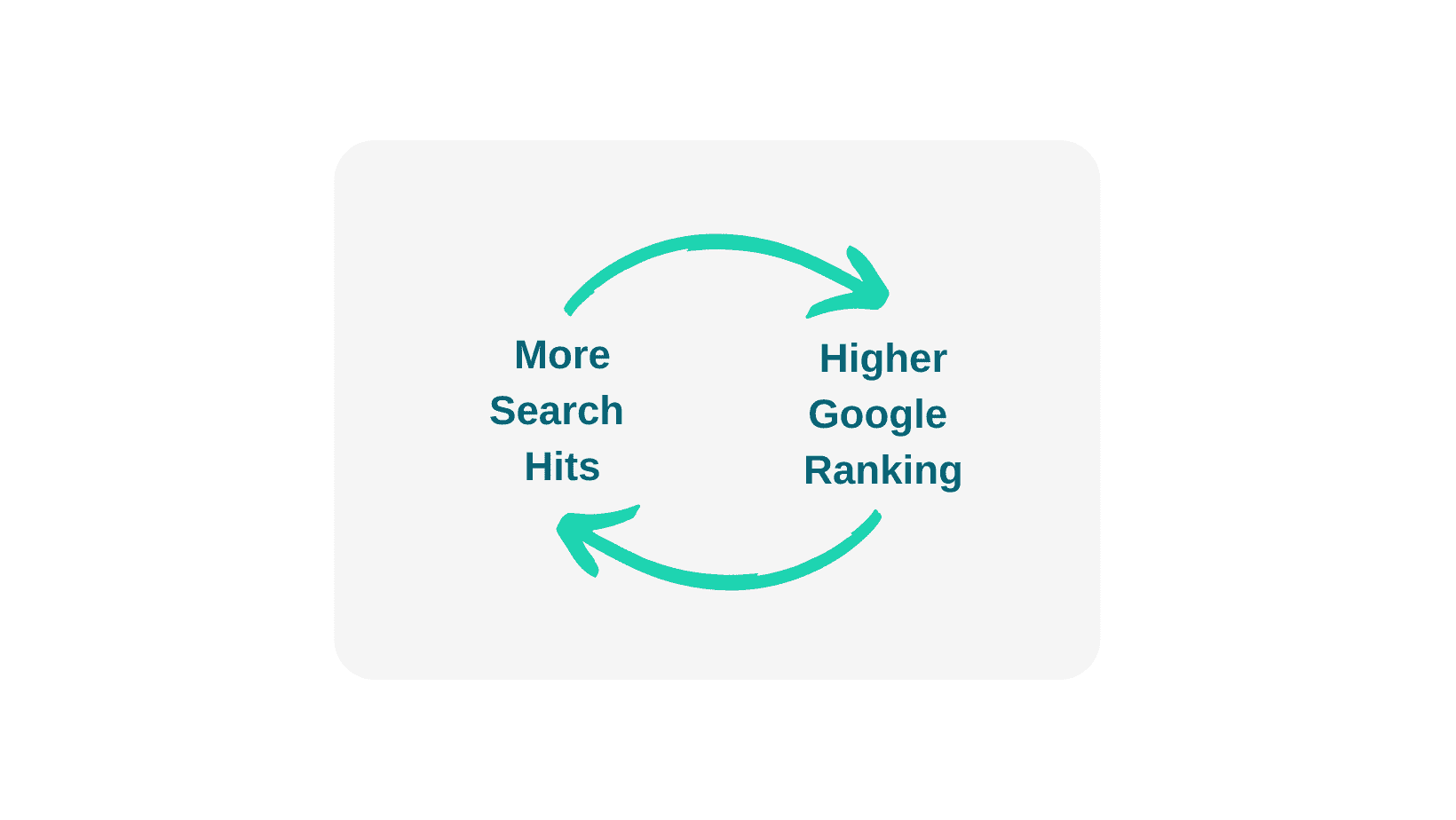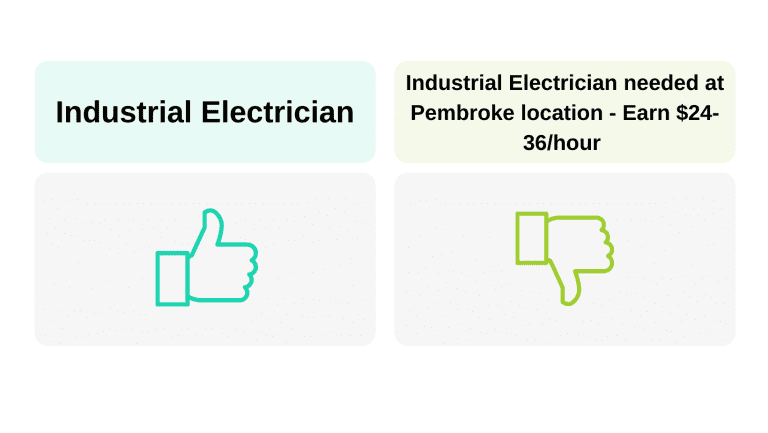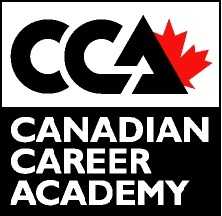
Search Engine Optimization
Search Engine Optimization
& How to Increase Search Hits on Your Job Listings

During the research phase of our project, we approached students and job seekers in Lanark and Renfrew Counties and asked them, “Where do you go to look for jobs?”. The top response was Google. This means that before browsing any company websites, job boards, or employment sites, job seekers are heading straight for the Google search bar to find jobs. From there they will receive a series of hits based on the keywords they’ve typed into the Google search bar and will likely view only a few of the top results on the first page.
If this is the method that most job seekers are using to look for jobs, then it is important that your company’s job listings are making it to the first page of results—and the higher on the page, the better. This can be achieved through something called Search Engine Optimization (SEO), which is defined as the process of improving web traffic to a particular website or web page from search engines. Understanding what people search for, the words they use, and the content they hope to find, will help you better design your content so that it can be easily searched and rank higher on Google.
Below are simple ways you can apply SEO practices to your website and site content and attract meaningful traffic to your site.
- People will often judge your site based on design first, content second. Ensure your website has a clean eye-catching design that’s easily navigable so viewers feel intrigued to keep scrolling. You want to ensure that anyone who clicks on your page stays there. Anyone who clicks on your page and leaves immediately will affect your ranking. Users staying on your page shows Google that you are giving them the content they are looking for, which will boost your site’s overall ranking.

- Another great way to boost your ranking is to promote your website on your company’s social media platforms. The more people engage with your website from these platforms, the higher your website will rank on Google.
- Have an easily accessible page dedicated to job listings on your website, such as a career page. Make sure this page is clearly identified and linked to your homepage or navigation menu. Linking this page to your site’s homepage tells Google that you have a well-established network of pages linked within your site. Doing this will give you bonus points when it comes to how well your website is ranked.
- Use relevant keywords that your audience is already searching to optimize search results. The more you understand what your audience is searching for the quicker you can work to provide it through relevant keywords. Sites like Ahrefs (https://ahrefs.com/) can help prompt you on what keywords you should be using in the content of your page that your audience is using in their searches. Tools like this are great for understanding SEO better and where to begin when optimizing your website.
These are great ways to optimize your website to increase overall searches and rankings, but there are additional things you can do to optimize searches that will send job seekers directly to your career page and the job listings you’ve uploaded to employment websites such as Indeed. Below are ways to make your job listings as search-engine optimized as possible no matter where they’ve been posted and tips on how to format your listings to keep readers interested.
- Use an accurate job title on all your job listings. A clear, concise title that uses recognizable and searchable words is key. Stay away from using abbreviations or short forms that may be confusing for your reader. Omit information specific to the job from the job title line. For example, information like “full-time/part-time”, “salary/$ per hour”, or “remote/on-site” should be used in the body of the listing, not the title. If you are stuck on how to compose a suitable job title, try searching the job title you want to use and see what hits you receive. This is a great way to validate the job title you want to use and see how your competitors are listing their job postings.

Include a brief company description. It’s important to include a brief description of what your company is all about to pique the interest of your reader. Your reader may have never heard of you before, so it is important to give them a brief introduction into what your company does. Since most people want to skip right to the details of the job it may be wise to leave this detail near the end of the listing, but you can also include it at the beginning if you so choose, just keep it brief!
Ensure that the job information is well organized and informative. Your reader should be able to get a complete picture of what the job entails and what an ideal candidate looks like for the position. They should also be informed of any incentives that come with the job, enticing them to apply. Accomplish this by completing the following:
- Lead with a brief description about what the job will entail and its major function within the larger objective of the company. Remember to be engaging and use keywords that your audience is searching. Use synonyms for your keywords, where possible, to capture more searches.
- Include a list of ideal qualifications for the position. Here is where you will list the experience and education or certificates an ideal candidate should have for the job. Also include soft and hard skills that are needed for success in the position. Be sure to avoid creating an exhaustive list of qualifications. This may deter people from applying for the job.
- List any benefits your company offers such as pensions, medical benefits, casual dress code, flexible work hours, and remote work options. This will further entice readers to apply for the position. Also include a salary range or an approximation of the hourly wage the applicant can expect if hired.
This is just the tip of the iceberg when it comes to SEO, but it’s enough to get you started on optimizing your company website and boosting search hits on your job listings. For more information on SEO and other ways to optimize your content visit the links below.
Additional Resources
https://www.cio.com/article/230924/how-to-craft-highly-effective-job-descriptions.html
https://blog.talent.com/en/how-to-rank-higher-in-job-search-results





Who We Are
We are an Employment Ontario funded project designed to bring together job seekers, incumbent workers, employers, and community partners to develop and improve Human Resources and recruitment practices in Lanark and Renfrew Counties.